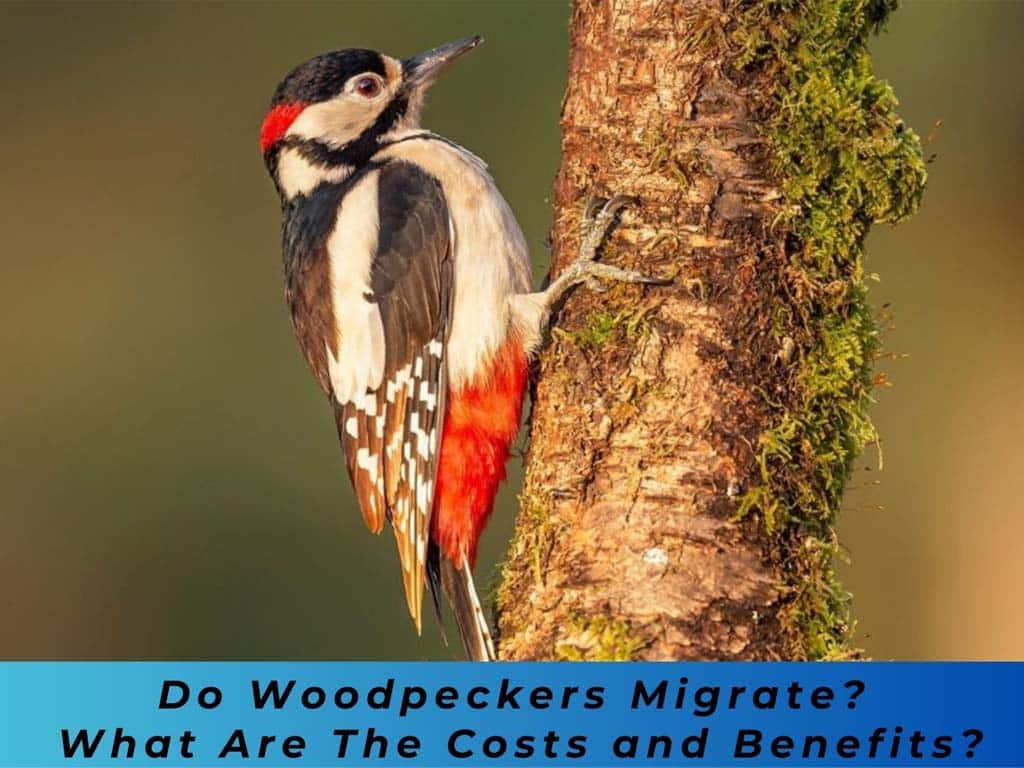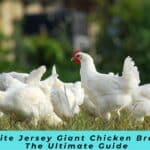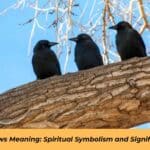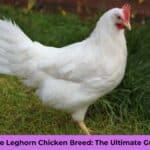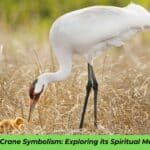For backyard birders and ornithologists alike, the question Do Woodpeckers Migrate has long been a subject of fascination.
These remarkable birds, known for their distinctive drumming and tree-climbing abilities, exhibit a diverse range of behaviors when it comes to seasonal movements. So, do woodpeckers migrate or do they stay put throughout the year?
In this comprehensive guide, we’ll explore the intricacies of woodpecker migration, examining which species take to the skies and which prefer to brave the winter in their year-round territories.
The Woodpecker Migration Spectrum: Do Woodpeckers Migrate?

Woodpeckers, as a group, don’t fall neatly into the category of migratory or non-migratory birds. Instead, they exist on a spectrum of migratory behavior:
- Resident species: These homebodies stay in the same area year-round.
- Partial migrants: Some individuals of these species migrate while others don’t.
- Full migrants: These species undertake regular seasonal migrations.
Let’s dive deeper into each category and explore the fascinating world of woodpecker movements.
Resident Species: Woodpeckers That Don’t Migrate
Many woodpecker species are non-migratory, choosing to tough out the winter in their established territories. These resident birds have adapted to survive in their habitats year-round, often with the help of backyard birders who provide supplemental food during harsh winters.
Some common resident woodpecker species include:
- Downy Woodpecker
- Pileated Woodpecker
- Red-bellied Woodpecker
- Great Spotted Woodpecker (in Europe)
“Resident woodpeckers have evolved remarkable adaptations to survive winter, from growing extra feathers for insulation to caching food for scarce times.” – Dr. Emma Woodhouse, Ornithologist
These species have developed strategies to find food resources even when insects are scarce, often switching to a diet of seeds, nuts, and suet provided by human helpers.
Partial Migrants: When Do Some Woodpeckers Migrate?
Some woodpecker species exhibit partial migration, where only a portion of the population migrates. This behavior can vary depending on factors such as:
- Age
- Sex
- Breeding status
- Local food availability
Examples of partial migrants include:
- Red-headed Woodpecker
- Northern Flicker
- Acorn Woodpecker
These species show remarkable flexibility, with some individuals undertaking short-distance migration while others remain in their breeding grounds year-round.
Full Migrants: The Long-Distance Travelers
A few woodpecker species are true migrants, undertaking regular seasonal movements between their breeding and wintering grounds. These birds typically breed in northern regions and move south for the winter.
Notable migratory woodpecker species include:
- Yellow-bellied Sapsucker
- Lewis’s Woodpecker
- Red-breasted Sapsucker
These species may travel hundreds or even thousands of miles during their annual migrations.
Migratory Woodpecker Species: Which Woodpeckers Migrate?
Let’s take a closer look at some of the woodpecker species known for their migratory habits:
Yellow-bellied Sapsucker: A Long-Distance Migrating Woodpecker
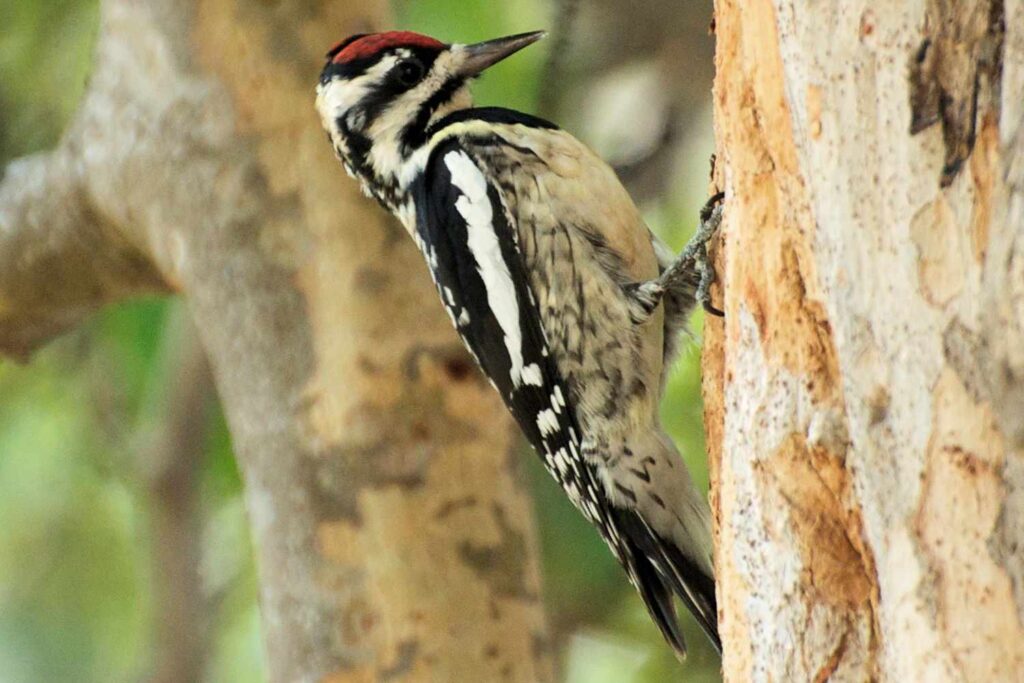
The Yellow-bellied Sapsucker is one of the most migratory woodpecker species in North America. These birds breed in the northern United States and Canada, then undertake a long-distance migration to the southern United States, Mexico, and Central America for the winter.
Migration pattern:
- Spring migration: March to May
- Fall migration: September to November
- Distance: Can travel up to 2,000 miles (3,200 km)
Check this out 24 Yellow Birds In Ohio With Photos
Northern Flicker: Do These Woodpeckers Migrate?
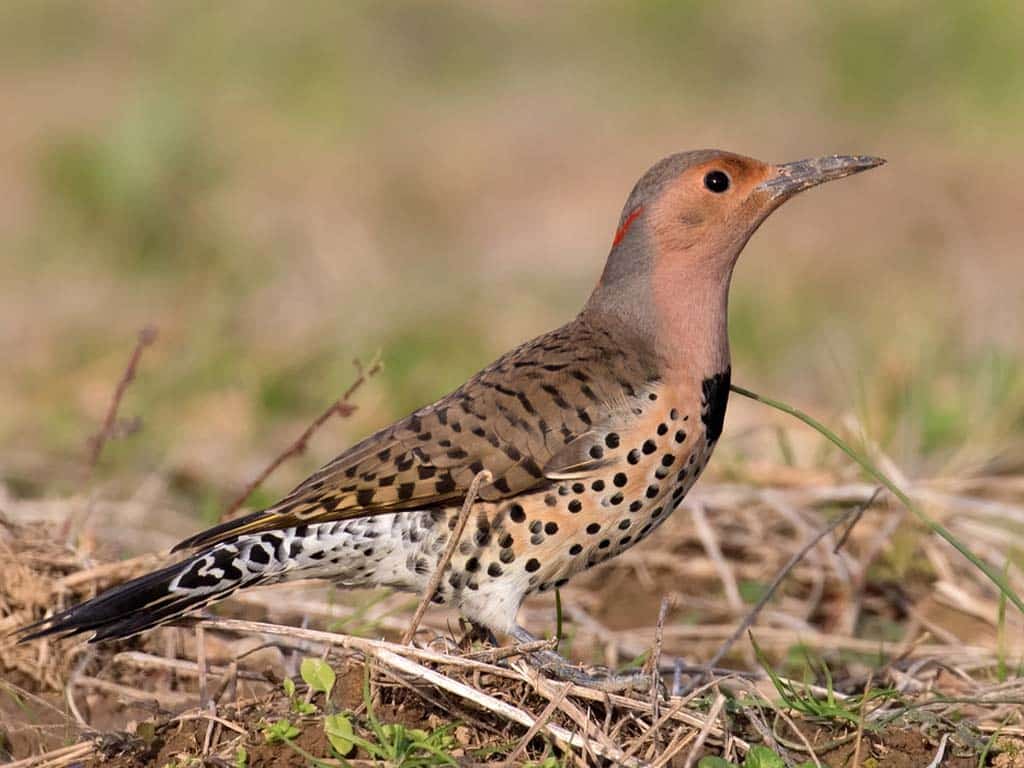
The Northern Flicker is a partial migrant, with some populations undertaking significant movements while others remain resident. These woodpeckers are unique in their fondness for foraging on the ground, often seen probing for ants in lawns and fields.
Migration facts:
- Some northern populations migrate south for winter
- Coastal populations tend to be more resident
- Can travel up to 1,500 miles (2,400 km) during migration
Red-headed Woodpecker: How Far Do These Woodpeckers Migrate?
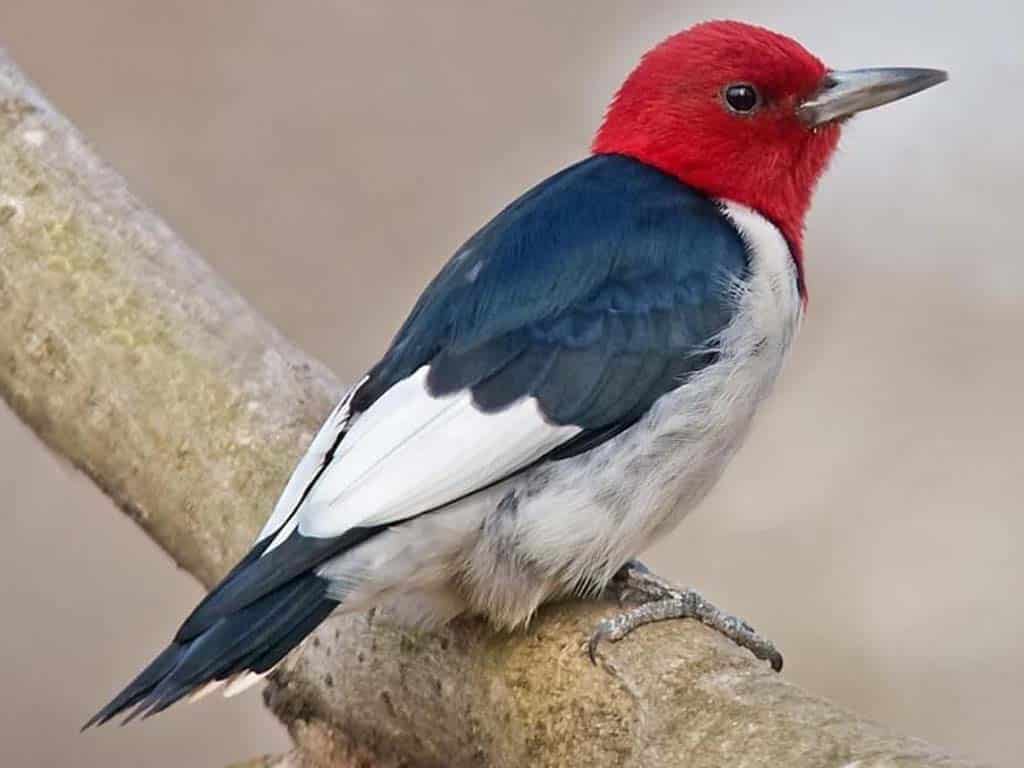
The striking Red-headed Woodpecker is another partial migrant. Their migration patterns are closely tied to the availability of acorns and beechnuts, their preferred winter food.
Migration behavior:
- More likely to migrate in years with poor mast crop
- Some individuals may migrate short distances to areas with better food resources
- Northern populations more likely to migrate than southern ones
Check this out How and Where Do Geese Sleep? The Secrets of Goose Slumber
Homebodies: Woodpeckers That Don’t Migrate
While some woodpeckers embark on impressive journeys, others prefer to stay put. Let’s examine some of the non-migratory woodpecker species:
Downy Woodpecker: The Backyard Stalwart
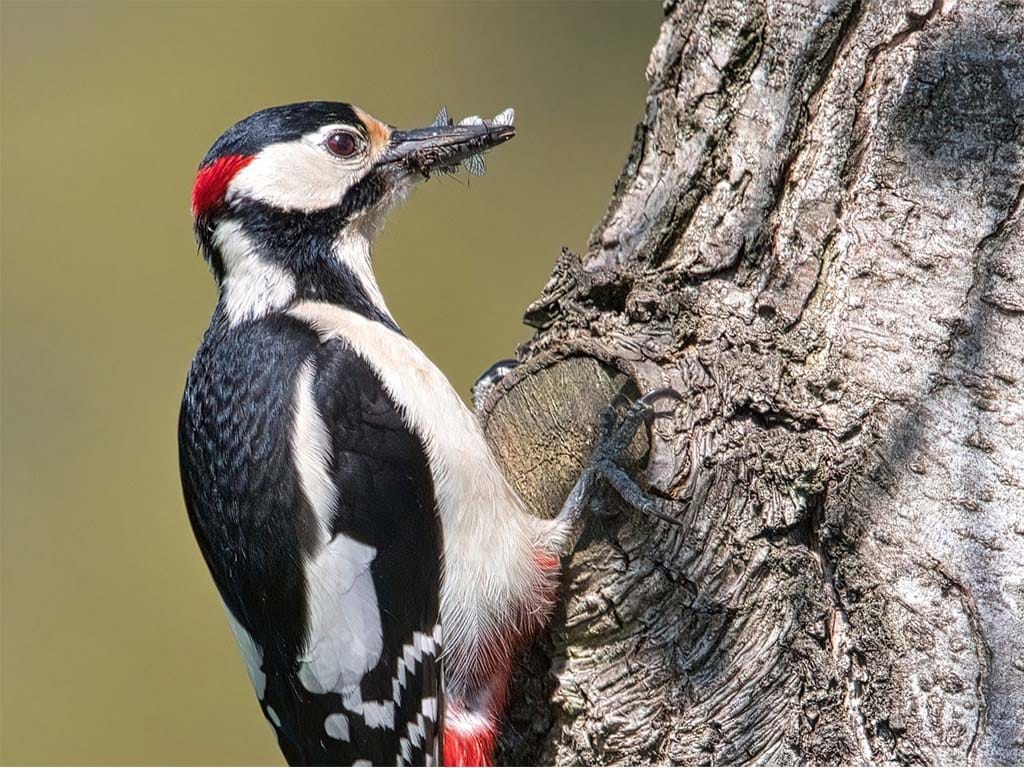
The diminutive Downy Woodpecker is a year-round resident across most of its range in North America. These small woodpeckers are a common sight at bird feeders, especially in winter.
Winter adaptations:
- Grow extra feathers for insulation
- Roost in tree cavities for protection from cold
- Readily visit suet feeders for high-energy food
Pileated Woodpecker: The Forest Giant
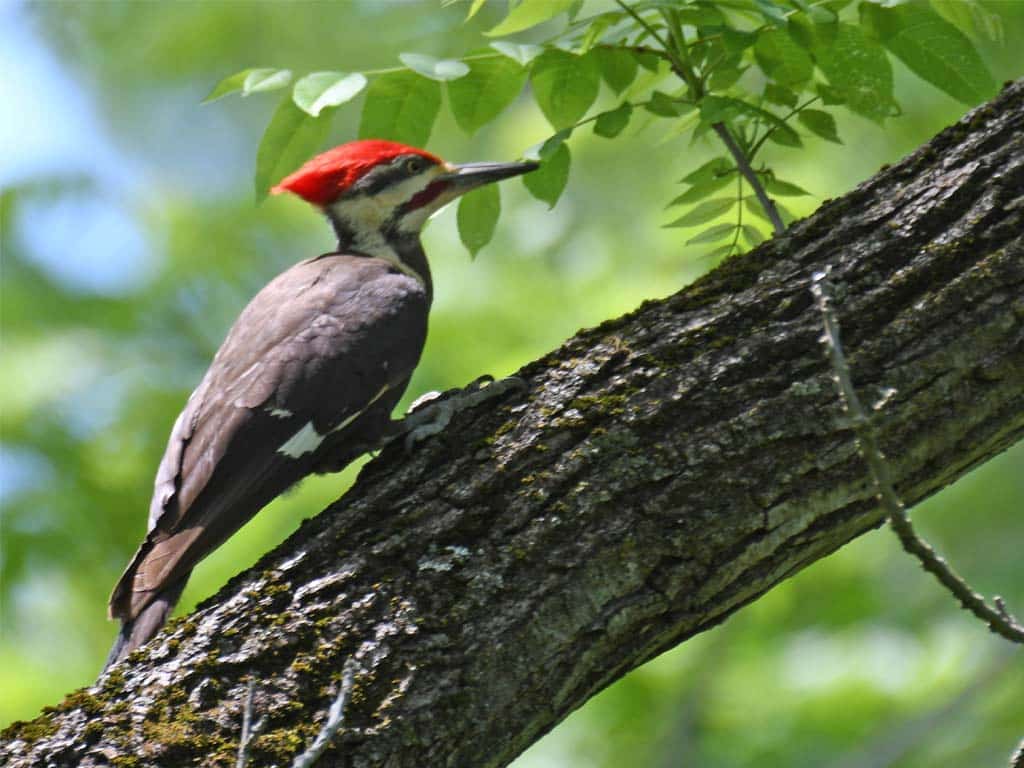
The impressive Pileated Woodpecker, North America’s largest woodpecker, is typically a non-migratory species. These birds maintain large territories year-round in mature forests.
Winter survival strategies:
- Excavate large roosting cavities for shelter
- Forage on carpenter ants and wood-boring beetle larvae
- May visit suet feeders in areas near human habitation
Check this out Finches In Florida – The Complete Guide To Florida Finches
Red-bellied Woodpecker: The Adaptable Resident
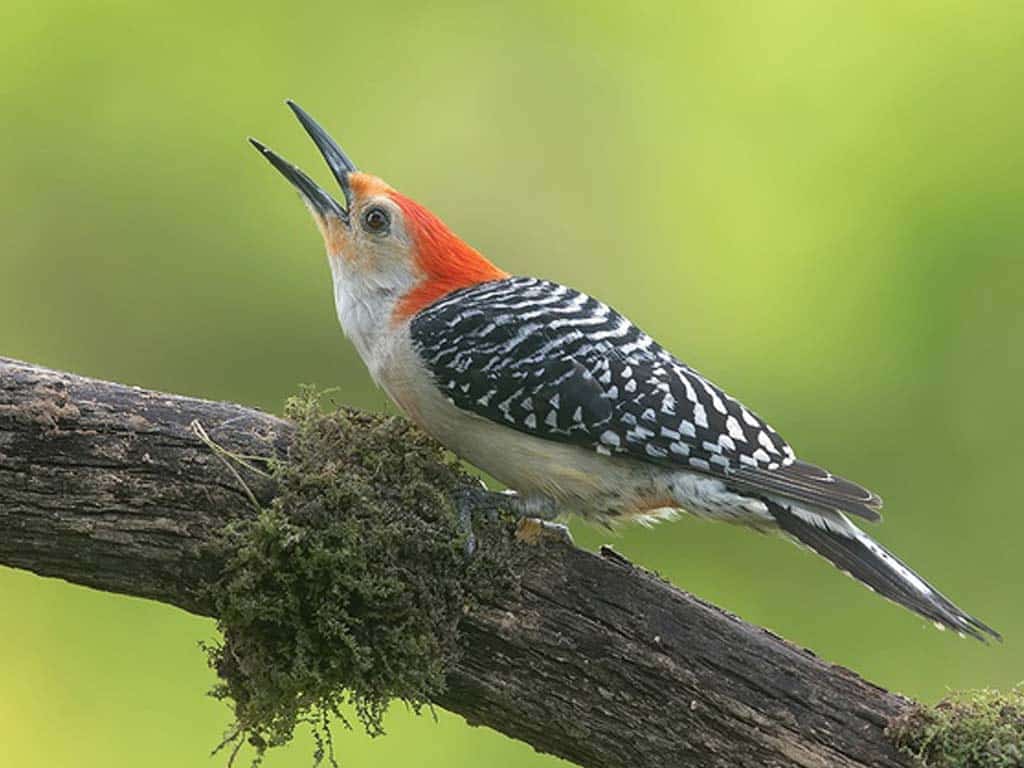
Despite its name, the Red-bellied Woodpecker is most notable for the red cap on its head. This adaptable species is non-migratory and has even expanded its range northward in recent decades.
Winter behavior:
- Caches food in tree bark crevices
- Visits feeders for seeds and suet
- May switch to a more fruit-based diet in winter
The Migration Decision: Why Do Some Woodpeckers Migrate?
What drives some woodpeckers to migrate while others stay put? The decision to migrate is influenced by several factors:
- Food availability: The primary driver of migration
- Weather conditions: Balancing energy expenditure in cold vs. benefits of staying
- Breeding grounds: The pull of prime nesting sites
Food Availability: The Primary Driver
For woodpeckers, the availability of food is the most crucial factor in determining whether to migrate. Species that rely heavily on insects may need to move south as their food sources become scarce in winter.
| Season | Food Source | Availability |
| Summer | Insects | Abundant |
| Fall | Nuts, Berries | Increasing |
| Winter | Insects | Scarce |
| Spring | Sap, Insects | Increasing |
Weather Conditions: Do Harsh Winters Force Woodpeckers to Migrate?
Harsh winter conditions can make survival challenging for woodpeckers. However, migration itself is energetically costly and risky. Birds must balance the energy savings of moving to a warmer climate against the costs and dangers of the journey.
Breeding Grounds: Why Do Woodpeckers Migrate Back?
For migratory woodpeckers, the drive to return to productive breeding grounds is a powerful motivator. Many species show high site fidelity, returning to the same nesting areas year after year.
Check this out Herons In Michigan – The Complete Guide To 8 Michigan Herons
Timing Is Everything: When Do Woodpeckers Migrate?
The timing of woodpecker migration is crucial for their survival and reproductive success. Let’s examine the typical migration schedule:
Fall Migration: The Southward Journey
- Typically occurs from late August to November
- Triggered by decreasing daylight and food availability
- Young birds often migrate earlier than adults
Spring Migration: The Return to Breeding Grounds
- Usually takes place from March to May
- Driven by increasing daylight and hormonal changes
- Males often arrive earlier to establish territories
“The timing of migration is a delicate balance. Birds must arrive at their breeding grounds early enough to claim good territories, but not so early that they risk starvation if spring comes late.” – Dr. William Woodpecker, Migration Specialist
How Far Do Woodpeckers Migrate? Understanding Their Travel Distances
The distance woodpeckers travel during migration varies greatly depending on the species and individual circumstances:
- Short-distance migrants: Move less than 300 miles (480 km)
- Medium-distance travelers: Journey 300-1,000 miles (480-1,600 km)
- Long-distance champions: Fly over 1,000 miles (1,600 km)
For example, some Yellow-bellied Sapsuckers breeding in Canada may travel over 2,000 miles (3,200 km) to reach their wintering grounds in Central America.
The Costs and Benefits: Why Do Woodpeckers Migrate?
While migration can offer benefits, it also comes with significant risks:
- Energy expenditure: Long flights require substantial energy reserves
- Predation risks: Migrating birds are vulnerable to predators
- Habitat loss: Finding suitable stopover sites can be challenging
Energy Expenditure: The Physical Toll of Long Flights
Migrating woodpeckers must build up significant fat reserves to fuel their journeys. This requires intensive feeding before departure and at stopover sites along the way.
Predation Risks: Dangers Along the Way
During migration, woodpeckers may be more vulnerable to predators as they:
- Travel through unfamiliar territories
- Are fatigued from long flights
- Concentrate in large numbers at stopover sites
Habitat Loss: Challenges in Finding Suitable Stopover Sites
Human development and climate change have reduced the availability of suitable habitat for migrating woodpeckers. This can force birds to fly longer distances without rest, increasing the risks of their journey.
Risks and Rewards: Why Do Woodpeckers Choose to Migrate?
Despite the challenges, migration offers several advantages:
- Access to abundant food sources
- Optimal breeding conditions
- Reduced competition in wintering grounds
Access to Abundant Food Sources
By moving between different regions, migratory woodpeckers can take advantage of seasonal food abundance in different areas.
Optimal Breeding Conditions
Migration allows woodpeckers to breed in productive northern habitats during the summer when food is plentiful and days are long.
Reduced Competition in Wintering Grounds
Wintering in southern regions can offer migrating woodpeckers access to food resources with less competition from resident birds.
Check this out How Long Does a Quail Live? The Vulnerable Lives Of Quail
Woodpeckers vs. Winter: Adaptation Strategies for Non-Migrants
Non-migratory woodpeckers have developed various strategies to survive winter in their year-round territories:
- Physiological changes: Growing extra feathers and increasing fat reserves
- Behavioral adaptations: Modifying foraging techniques and food caching
- Habitat utilization: Making the most of winter territories
Physiological Changes: Beefing Up for the Cold
Non-migratory woodpeckers prepare for winter by:
- Growing additional body feathers for insulation
- Increasing fat reserves to serve as both insulation and energy storage
Behavioral Adaptations: Foraging Techniques and Food Caching
Resident woodpeckers modify their behavior to survive winter:
- Switching to alternative food sources like nuts and berries
- Caching food in tree bark for later consumption
- Visiting bird feeders more frequently
Habitat Utilization: Making the Most of Winter Territories
Non-migratory woodpeckers maximize their use of available resources:
- Roosting in tree cavities for protection from cold and predators
- Foraging in mixed-species flocks to increase efficiency and safety
Climate Change and Woodpecker Migration
Climate change is having a significant impact on woodpecker migration patterns:
- Shifting patterns: Warmer temperatures are altering traditional migration timing
- Range expansions: Some species are moving northward as winters become milder
- Conservation implications: Protecting migratory routes and habitats is increasingly crucial
Shifting Patterns: How Warming Temperatures Affect Migration
Climate change is causing some woodpeckers to:
- Migrate later in fall and earlier in spring
- Shorten their migration distances
- In some cases, cease migrating altogether
Range Expansions: New Opportunities and Challenges
As winters become milder, some woodpecker species are expanding their year-round ranges northward. This can lead to:
- Increased competition with resident species
- Potential mismatches between breeding times and food availability
- New interactions with different prey and predator species
Conservation Implications: Protecting Migratory Routes and Habitats
To support woodpecker populations in a changing climate, conservation efforts must focus on:
- Preserving and restoring forest habitats along migratory routes
- Maintaining connectivity between breeding and wintering grounds
- Monitoring population changes to identify species at risk
Tracking Woodpecker Movements: From Banding to High-Tech
Researchers use various methods to study woodpecker migration:
- Traditional methods: Bird banding and field observations
- Modern technologies: GPS tracking and geolocators
- Citizen science: Contributions from birders and the public
Traditional Methods: Bird Banding and Field Observations
Bird banding involves attaching small, numbered bands to birds’ legs, allowing researchers to track individual movements when the birds are recaptured or resighted.
Modern Technologies: GPS Tracking and Geolocators
Advanced tracking devices provide detailed information about woodpecker movements:
- GPS trackers offer precise location data
- Geolocators record light levels to estimate latitude and longitude
Citizen Science: How Birders Contribute to Migration Research
Backyard birders and amateur ornithologists play a crucial role in woodpecker migration research through:
- Reporting sightings to databases like eBird
- Participating in annual bird counts
- Maintaining and reporting on backyard feeding stations
Conclusion: The Marvels of Woodpecker Migration
The world of woodpecker migration is a testament to the remarkable adaptability of these fascinating birds. From the homebodies that tough out harsh winters to the long-distance travelers that span continents, woodpeckers have evolved a diverse array of strategies to survive and thrive.
As we continue to study and appreciate these remarkable birds, it’s crucial that we also work to protect their habitats and migratory routes. By doing so, we ensure that future generations of backyard birders and researchers alike can continue to marvel at the wonders of woodpecker migration.
Frequently Asked Questions: Woodpecker Migration
Q: Do all woodpeckers migrate? A: No, some woodpeckers are year-round residents, while others are partial or full migrants.
Q: How far do migrating woodpeckers travel? A: Distances vary by species, ranging from short trips of a few hundred miles to long journeys of over 2,000 miles.
Q: When do woodpeckers typically migrate? A: Fall migration usually occurs from August to November, while spring migration happens from March to May.
Q: Which woodpecker species are known for long-distance migration? A: The Yellow-bellied Sapsucker is one of the most notable long-distance migratory woodpeckers.
Q: Do woodpeckers return to the same nesting sites each year? A: Many migratory woodpeckers show high site fidelity, often returning to the same breeding areas annually.
Q: How do woodpeckers survive winter if they don’t migrate? A: Non-migratory woodpeckers adapt by growing extra feathers, increasing fat reserves, and modifying their foraging habits.
Q: Can backyard birders help woodpeckers during migration? A: Yes, by providing suet feeders and maintaining natural food sources like berry-producing shrubs.
Q: How is climate change affecting woodpecker migration? A: It’s causing some species to migrate shorter distances or even become year-round residents in previously seasonal habitats.
Q: Do woodpeckers migrate in flocks? A: While some may travel in loose groups, woodpeckers generally don’t form tight migratory flocks like some other bird species.
Q: How can I tell if the woodpeckers in my area are migratory? A: Observe seasonal changes in woodpecker presence and consult local bird guides or ornithological societies for species-specific information.

